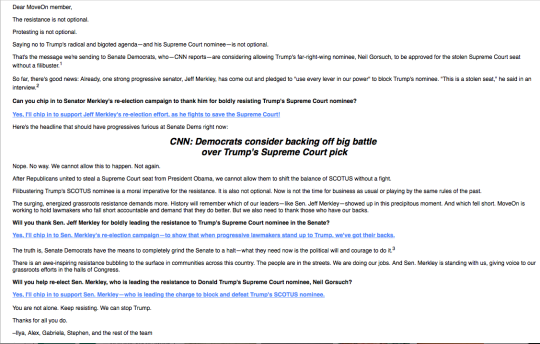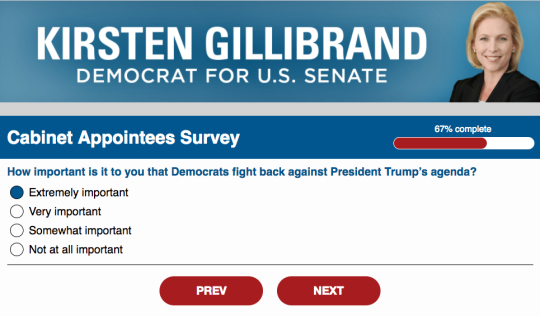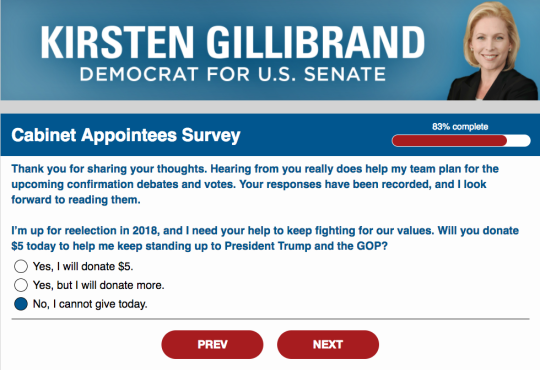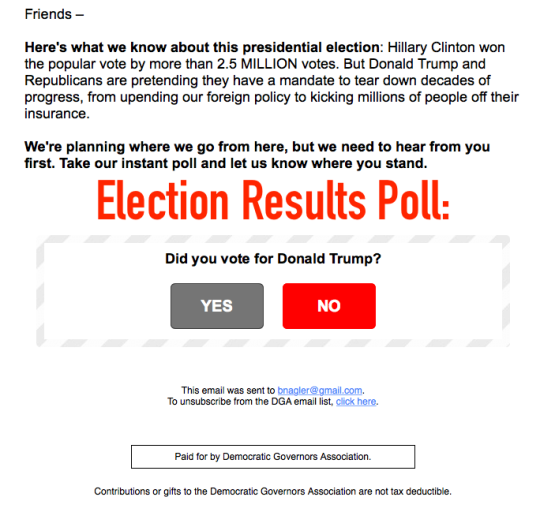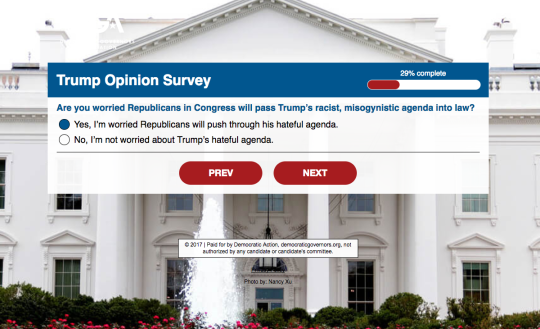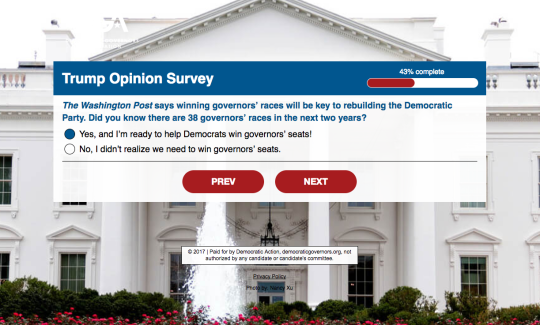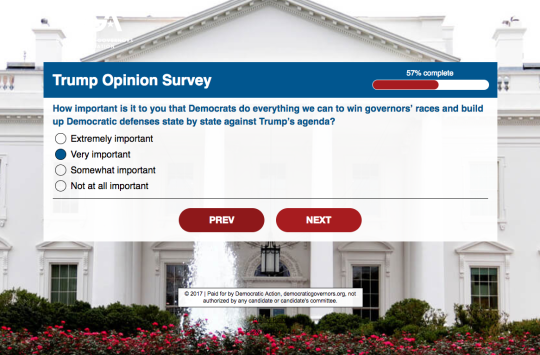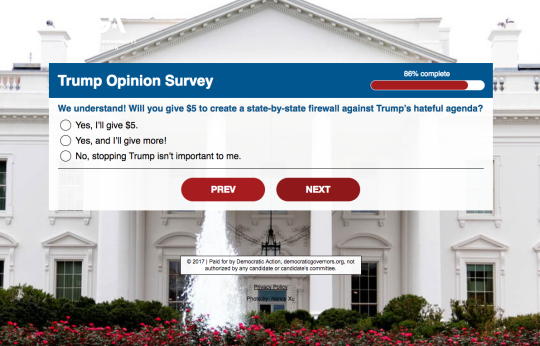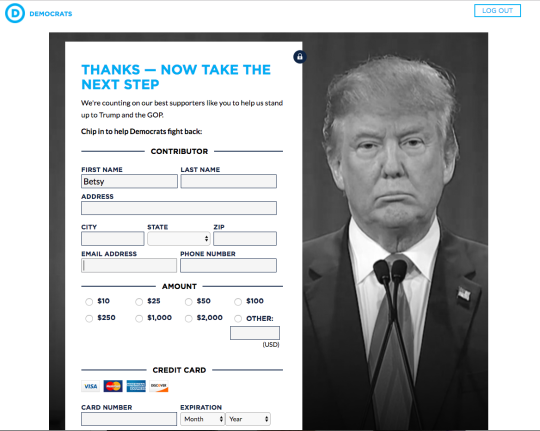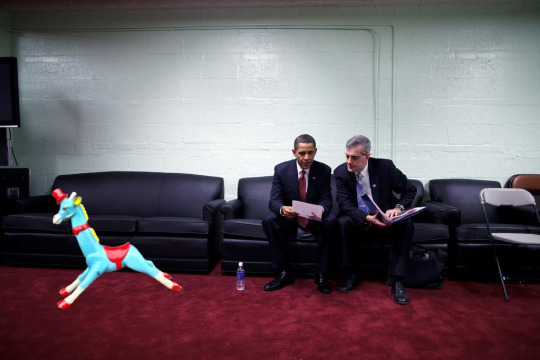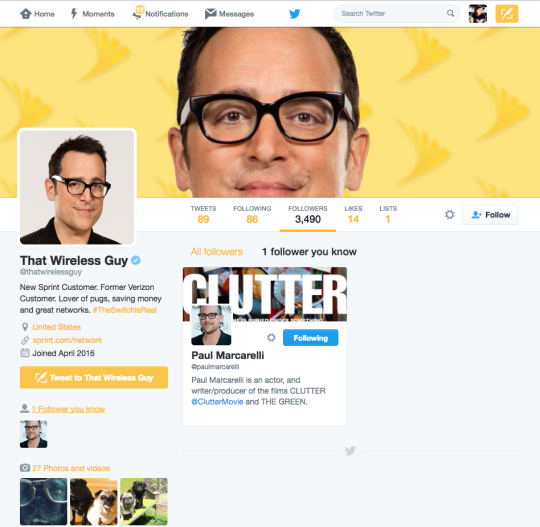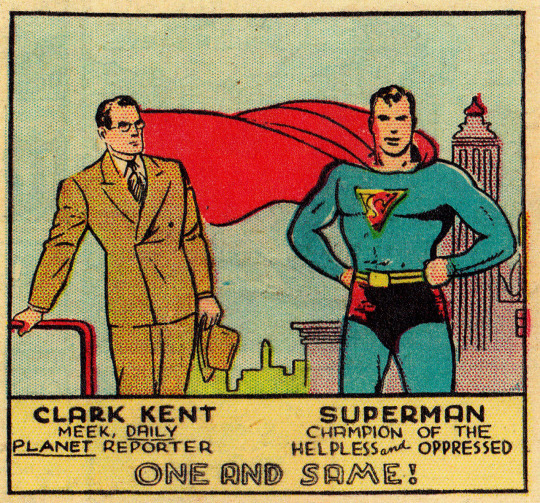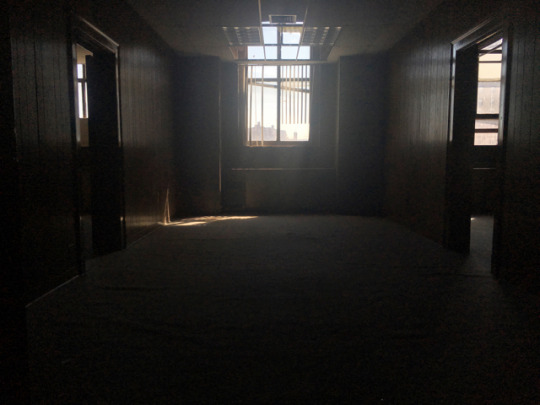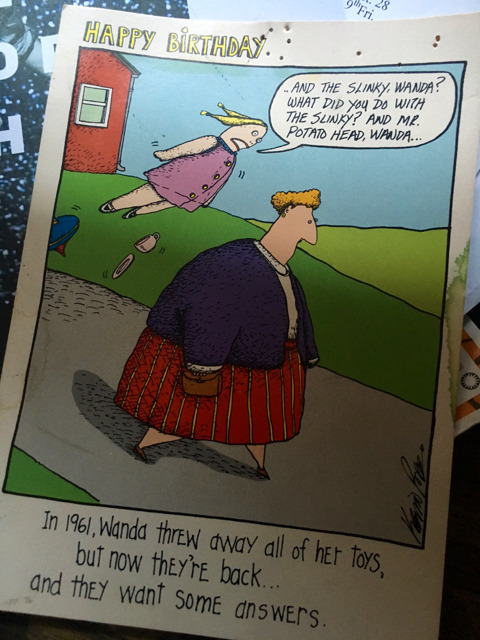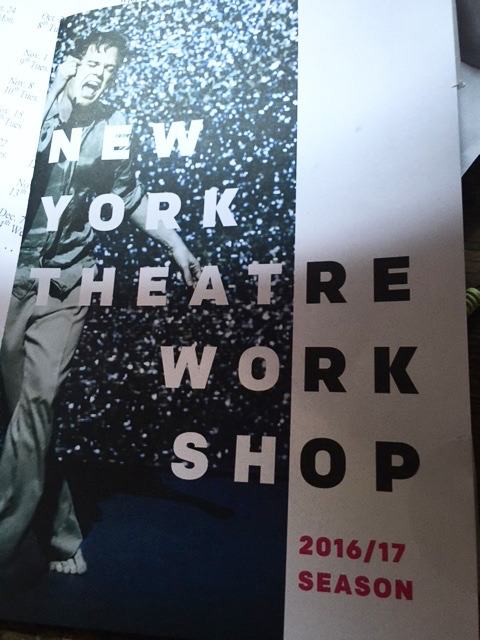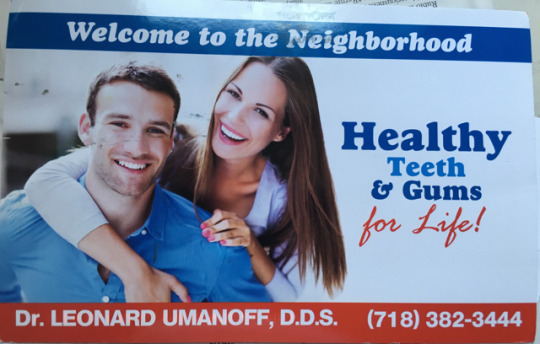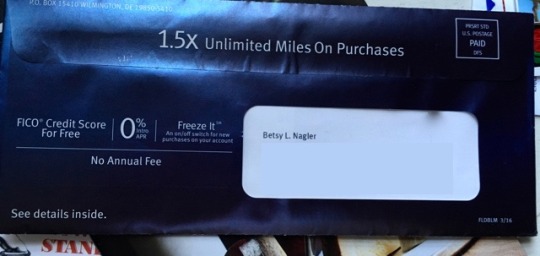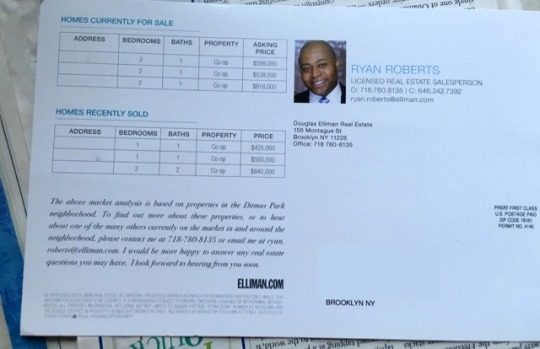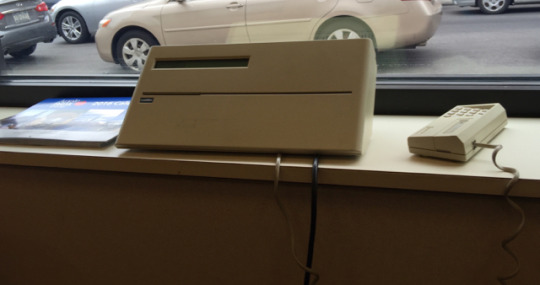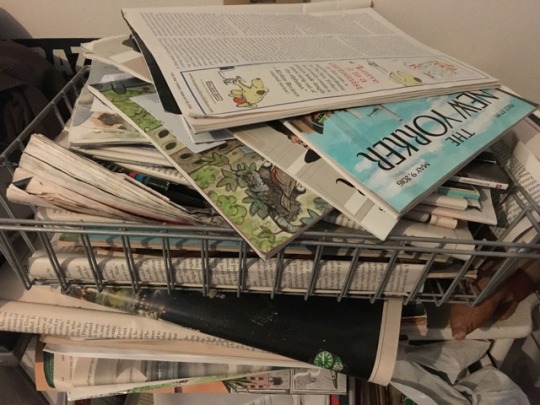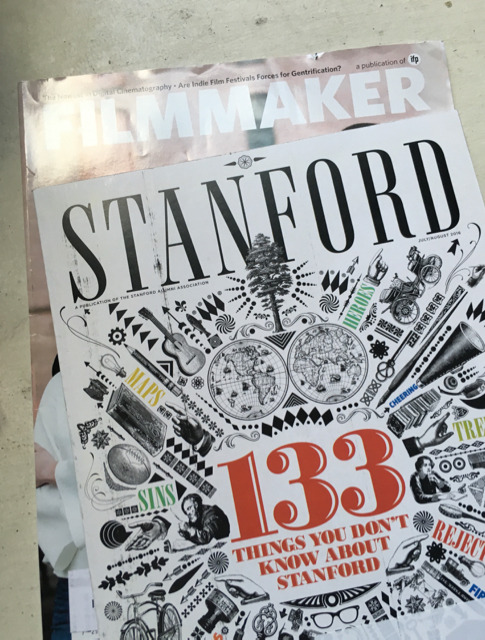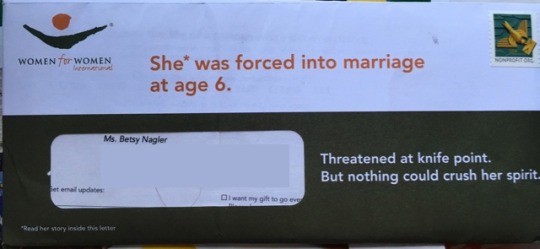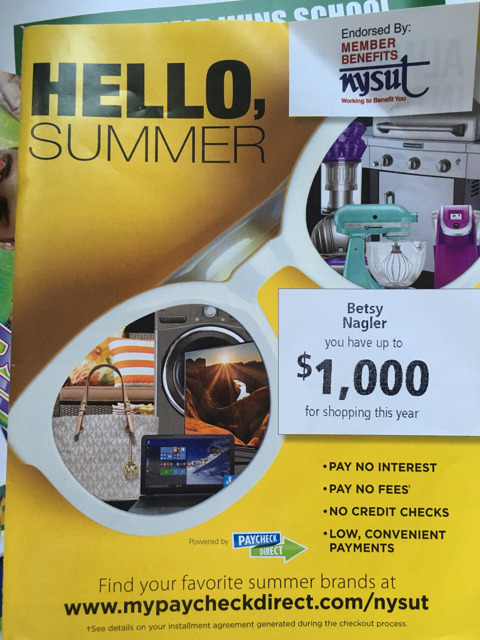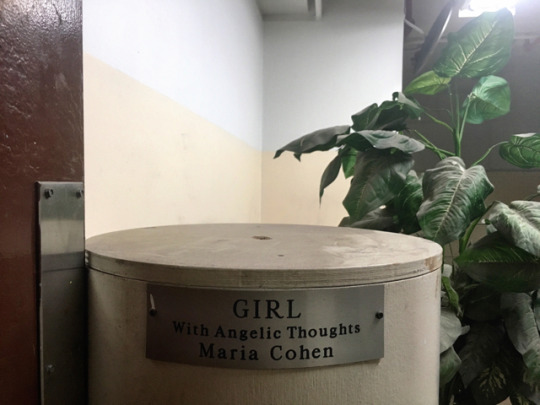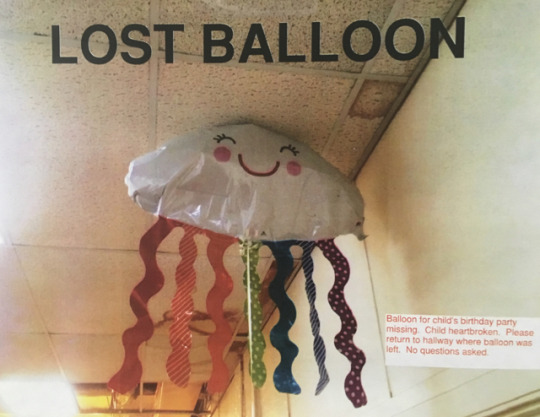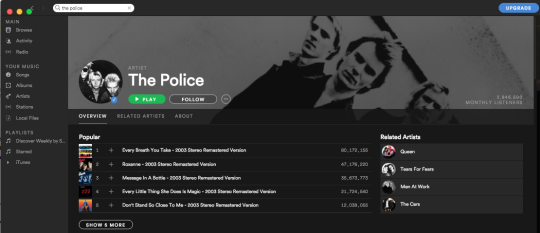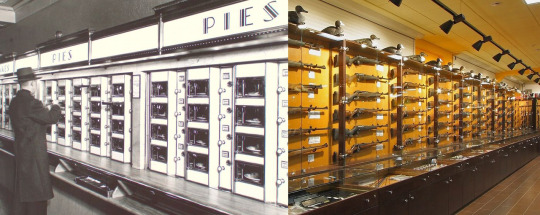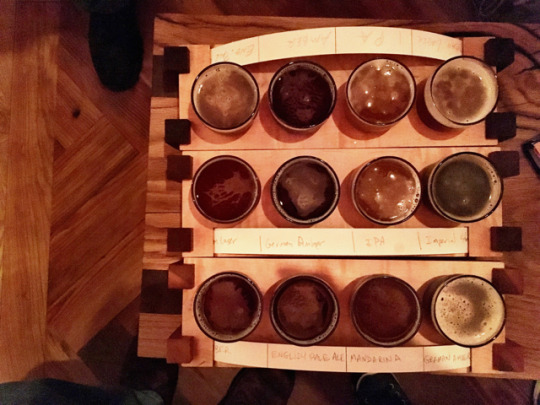
I’ve always had a pretty positive relationship with alcohol. I know this isn’t true of many people, especially women, but in my own life, I really can’t think of any negative experiences that befell me because I drank too much. I always knew that my parents drank but not to excess. They were the kind of people that had a coffee table that opened up into a bar because everyone did in the 70s, but pretty much the only time anyone went in there was to get rum for cooking, or to bring out weird bottles of stuff that nobody really wanted to try but my father had picked up somewhere out of curiosity (like Goldwasser, which exists because…alchemy?). The first time I remember having alcohol was trying egg nog at one of my parents’ New Year’s Eve parties, all of which I have fond memories of as being fine times when lots of adults came over and were more friendly to me than usual (and no, not in an icky way). I had my first buzz at maybe 15, off white sangria at a Spanish restaurant in Newark, also with my parents, and it was very pleasant. I started drinking with friends not that long after, thanks to a liquor store, also in Newark, that sold to minors with fake IDs that every teenager in the suburbs knew about. As is typical with privileged suburban kids taking advantage of urban blight, nothing bad ever happened to any of us, except maybe for the time the friend buying the alcohol for a party got arrested for having too much alcohol in a vehicle, which apparently is against the law in New Jersey, probably to prevent exactly what we were doing — but even that just turned into a good story. There was also the time I had a small party at my house while my parents were away, and some things got broken — a bean bag chair (someone rode it down the stairs), the screen door (probably by the same someone, though I don’t know how). My brother even told my parents about the party, but again, it just turned into a funny story for them to tell my relatives at Thanksgiving, because they knew I was a responsible kid. The first time I got drunk at college resulted in my first hangover, thanks to the Everclear-laced “jungle juice” served at the Theta Xi fraternity, but thereafter, I was careful about tasty punches, and didn’t have another hangover for three years (until the quarter I spent at Oxford my junior year, and that was because England + Stanford students = mixing Kahlua with, like, everything). My first time throwing up from drinking wasn’t until my 30s. It took me until then to realize that three martinis was too many, but again, I learned my lesson, and have only been sick from drinking one time since — so that’s twice ever.
Things changed a bit some time in my 30s, when I started to have stomach issues. I actually wrote something about this years ago when I felt like I was doing better. It does that, my stomach, goes through periods of being better and worse. I started taking probiotics and that seemed to make things better, and I confirmed that by going off them and discovering that that seemed to make things worse, so now I definitely take probiotics. I also realized, through more totally unscientific experimentation (otherwise known as “eating and drinking”) that acid reflux was a factor. This is why I don’t drink coffee any more, and try to avoid spicy food (which is tough when your favorite cuisines are Indian, Thai, Chinese, Tibetan, Malaysian, Mexican — yes, basically anything spicy), and too much juice, and tomato sauce, and a handful of other things. Oh, and alcohol. However, whereas coffee gives me literally immediate acid reflux which turns into a stomach ache within half an hour, with alcohol, if I’ve been good in other ways, I can usually get away with it here and there without suffering major consequences. It’s only on the third night or so of drinking a couple of glasses of wine that it becomes apparent that something is very very bad and I need to stop. How can I tell? Oh, something about the combination of a burning sensation in my throat, tightness in my chest, the taste of acid in my mouth in the morning, the need to clear my throat incessantly, and a somewhat diminished appetite from just feeling kind of gross — all of which one can easily ignore if you like drinking as much as I do.
Because here’s the thing: thanks to a combination of genetics, common sense, and control issues, a fairly small amount of alcohol has always really been enough to make me happy. Having a couple of drinks removes my inhibitions and anxiety just enough that I feel like a more outgoing, more carefree version of myself, who can dance. I’m really, at heart, an awkward, shy person, something of an introvert, which means I’m basically much more comfortable in all social situations after one to two drinks. I can’t be sure that I’m truly wittier and more fun at that point, but I certainly feel like I am, and that makes a huge difference in helping me get to being that person. Going beyond that, however, to where I’m aware of the fact that I’m not in control — slurring my speech, walking in a wavy line, saying embarrassing things — I do not like, at all. I find it hard to relate to people who get black-out drunk, or who make serious mistakes that they wouldn’t make when they were sober, because I’m too self-conscious to be unaware that I’m losing my grip en route to getting there. Even in cases where I had sex with people after drinking that I later regretted, I had already made the decision to have the sex before I started drinking; it was just part of the follow-through. Sadly, that’s how I roll. I think too much, and while drinking makes me think less, even well-lubricated I am still way too aware of how people are reacting to me, and that is a major buzz kill. So I’d just rather not get to the point where I’m doing stuff that makes me feel stupid — walking funny, slurring my speech, laughing too loud — and that’s pretty much what happens at drink #¾ in the course of one evening. Basically, something has to be really, really wrong for me to get to that place.
So of course, the only time in recent memory that I got that drunk was on election night. I had bourbon. I never drink bourbon. I had two — after a martini, and before a final glass of wine. That was over about five hours, mind you (although the bartender got more and more generous as he realized that we were all doomed), and still I stumbled home, already feeling ill, from the bar where I’d been watching the returns come in, got no sleep — that’s another thing that happens when I drink that I could easily ignore when I was younger: it really messes up my sleep — and had to go to work the next day at the unfairly early hour of 10 am. Luckily, the job was easy and my boss was sympathetic (we were all fucking freaking out if you recall), but that day and the several after that was reminder that I really, really, cannot do that any more.
But when the world is going to shit, it’s really, really hard to stop drinking. I get home from work after a long day, during which I do something which can be somewhat stressful for work and spend my downtime on set on Facebook or Twitter or reading the news, or talking to people about the news and Facebook and Twitter, and I want a drink. Just one glass of wine, that’s all. Nope, now, I can’t do that regularly, my stomach isn’t having it. If I’ve had a few glasses of wine over the weekend, there has to be a cooling down period of at least a few days, preferably longer, or else the irritation keeps building. As a result, I now have to prioritize my drinking. Like, when do I really need to have a drink and when do I not? “What’s that look like?” you may ask. Here’s the list I’ve come up with, in order of priority:
1) Networking events.
2) When I wake up in the middle of the night and can’t get back to sleep because I’m freaking out over the state of the world.
3) When it’s late and I can’t sleep because I’ve been spending too much time looking at Facebook/Twitter/NY Times app freaking out over the state of the world, and I have to get up the next day.
4) Family get-togethers.
5) Parties.
6) Tapas bars.
7) When it’s late and I’ve been spending too much time on Facebook/Twitter and I don’t have to get up the next day, but I’d still like to be functional in the morning.
8) Just for fun at a restaurant or bar.
Note that “Just for fun” has fallen to the bottom of the list. Now, you might ask, “Aren’t parties also ‘Just for fun,’?” and the answer would be “Yes, mostly,” but they rank higher on the scale of alcohol necessity because they generally involve socializing with larger groups of people, many of whom I may not have met before, barely know, and/or wouldn’t normally hang out with, so let’s just say that when it comes to parties, the amount of alcohol tends to be more directly proportional to the amount of fun had (introverts, back me up here, I know you know what I’m talking about). And tapas bars also rank above “Just for fun” even though, again, they are fun, because I went to Spain two years ago and seriously, what’s the point of a tapas bar without wine? Anyway, my point is: this list is sad. Living in NYC, nearly my entire social life in my 20s and 30s took place in bars, and now, my drinking priorities are first and foremost about not so much enjoying myself as about getting by.
I realized, given the current state of things — did I mention that I’m also on an email list called, “What The Fuck Just Happened Today”? — that I needed to find another way to take the edge off, and since I wasn’t actually going to start sniffing glue, I decided to give marijuana a try as a replacement. My experiences with pot have also been fairly positive, but not nearly as frequent. I’ve probably been stoned a grand total of less than 20 times in my entire life, and this despite the fact that my relationship to weed also began at a youthful age. My parents smoked pot, but that was more of a deterrent than anything else: nothing reduces the cool quotient of drugs as a teenager like having your parents do them. Nevertheless, it would have been kind of hard to avoid at my high school, which had a reputation for stoners, and lots of people in my peer group seemed to have ready access to it. I had to try weed several times before I actually got high, though, perhaps since I never smoked cigarettes, so the whole breathing smoke into your lungs thing was kind of alien to me. My friend’s (possibly underage and who eventually came out of the closet. Yep: suburbia) boyfriend at the time had to make it his mission to get me stoned one night, using a gravity bong — basically one half of an emptied liter bottle, with a bowl made out of the cap enhanced with aluminum foil, half submerged in a bucket of water. When you light the bowl at the top, you lift the bottle up in the water, and the suction draws the smoke out and fills the plastic half-liter with it. Then you take the cap off, put your mouth over the top of the bottle, and push down on it as you breathe in, which forces a lot of pot smoke into your lungs. Who says physics can’t be fun? So that worked, and all of my friends who were there that night enjoyed watching me be stoned, which still didn’t decrease the fun of it, because they were all stoned too. Ever since, I’ve generally had fun getting high, and in a variety of situations — hanging with friends, parties with new acquaintances, crew colleagues on shoots out of town. One of the nice things about having it be a more unusual occurrence than drinking for me is that the unique experiences are more distinct in my memory. The one time I remember having a bad time was when I took medical marijuana with an ex-boyfriend toward the end of our relationship. The two things I was sure of, even though I was high, were that 1) he wasn’t, and 2) our relationship was doomed — which it was, but that just wasn’t the evening I was looking for at the time.
So it was a complete surprise to me that when I decided to try marijuana again recently, I had what can only be described as a terrible trip. I used some medical marijuana chocolate in what I thought was the proper dosage of only a quarter of a square, though considering the way chocolate fragments unevenly, and that I ate all of the fragments, it was probably more. We were watching TV, so I didn’t notice it coming on until I got up to get a glass of water, and realized that time had stopped. I was fully prepared to go back to watching TV, but soon I discovered that that wasn’t working out at all. I couldn’t follow anything — even The Big Bang Theory was unfathomable — and on top of that, I kept worrying about the fact that I couldn’t follow The Big Bang Theory. Could Damon tell that I couldn’t keep up with the show? Was I suddenly stupid? Would I get to the end of the episode, not knowing what had happened…and then what? Damon wasn’t going to want to watch it again! Moreover, did this mean that I was now an idiot? Would I never be able to follow any TV show, ever? Eventually we gave up on that show and tried watching Clueless, thinking it would be easier to follow since I have probably seen it half a dozen times, but no. I still couldn’t follow the plot, which upset me because it was fucking Clueless, and yet despite that, I was inordinately caught up in it on an emotional level. People seemed to be so mean to each other, or poking fun at situations and people that were not funny. How could Cher and Dionne trick Mr. Hall and Ms. Geist for the sake of improving their grades, and then ruins things between Tai and Travis before they even get started?! This was clearly fucked up. What was wrong with me that I saw this was wrong but everyone else watching clearly thought it was funny? What was wrong with them? What the hell was wrong with the world?! And even while all of this was stressing me out, I couldn’t stop watching TV because I was afraid of what would happen if I got up. I was also afraid to drink wine and I was afraid to go to sleep, but eventually I did both of those things, one leading to the other I suppose. The worst part of all, though, was that I woke up the next day no longer stoned, and thinking it was all over — but it wasn’t. When I left the house and had to deal with the outside world, I was second-guessing myself on absolutely everything. Was I driving stupidly? Was I doing everything wrong at pilates, and was anyone watching? Was I making dumb shopping decisions at the Co-op? Was I now permanently going to be making dumb decisions, or just worry that I was all the time? Was my brain now broken? Didn’t you hear stories about that happening to people? — for probably another eight to ten hours. The only thing that somehow did not provoke my anxiety hangover was coming home and playing Plants vs. Zombies 2 over and over again, despite repeated losses accompanied by the message “THE ZOMBIES ATE YOUR BRAINS!” (Plants vs. Zombies 2, so utterly mindless yet completely absorbing, has actually helped me a lot since the election.) Finally, at a certain point, I felt like myself again, as well as a person who might someday be able to have contact with others.
The sad thing is that I think the bad trip was just me unfiltered and magnified. I have, of course, developed coping skills since adolescence – yes, aside from alcohol, and Prozac – to tamp all down the over-thinking, the self-consciousness, and the anxiety that goes with them to a manageable level on a daily basis. At the wise old age of 48, these are things that I know that I do and I am able to distract myself from them – Hey, look over there! It’s a kiddie ride! When I got stoned this time, I couldn’t look away, and I don’t know why. Yes, I think it’s fairly safe to say that I was more stoned than I’d ever been before, but I don’t know if I can blame the terrible nature of the experience on that. And even though my last medical marijuana episode wasn’t good, it wasn’t anything like this. Which takes me back to maybe my brain really is broken – not from smoking pot, but from not smoking it. The way that all of my experiences with drugs and my body – from alcohol to Pepto Bismol to Robitussen (which, no, I haven’t used recreationally) – have changed over time, it’s not hard for me to believe that in the…wow, eight years since I last got high, my brain chemistry has changed enough that this is how getting stoned is going to be from now on. Combine this with my inability to drink alcohol, eat spicy food, and play any sport with lateral movement (knees), and one could easily conclude that my body is now, saying to me, “You’re 48, you’ve officially had all of the fun you’re entitled to. NO MORE FUN FOR YOU!” Yes, my body has become the Soup Nazi.
All I can do is hope not, or at least hope this current situation doesn’t last. I mean, I know that the stomach situation probably will, and that the Trump situation probably will, but I think that my relationship to depressants will have to change. I will have to learn to just want them rather than need them. Exercise is already a crutch for me, and I don’t really have time to do more of that than I already do. I’ve used sleeping pills for periods of time and I don’t really want to go back there — for a shitty sleeper like me, it’s too easy to get hooked. I’ve tried meditation, and it hasn’t really worked, but I probably need to give it more of a chance. Because now I’ve got four years to get through, on top of the continuing mid-life bullshit, and what else is there?



